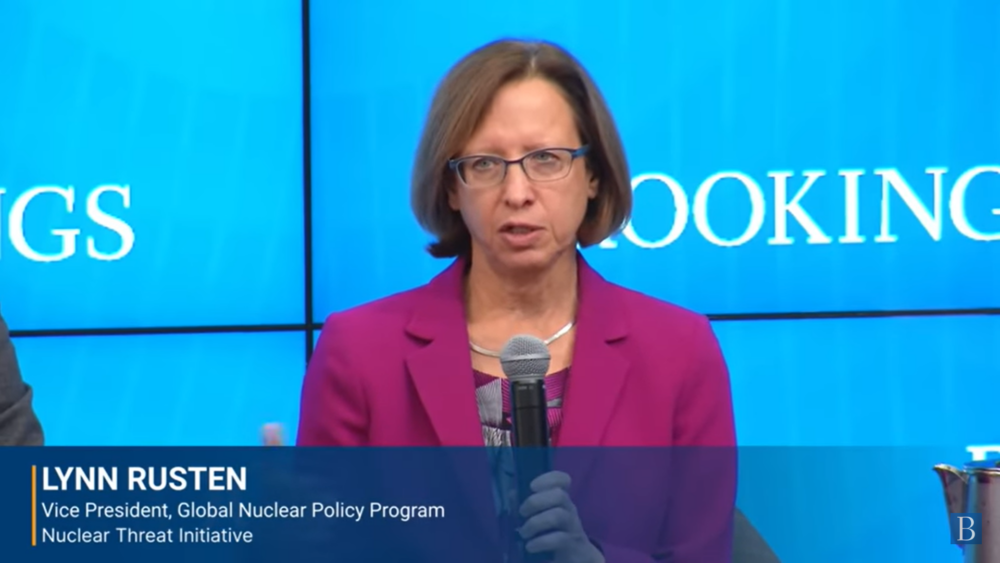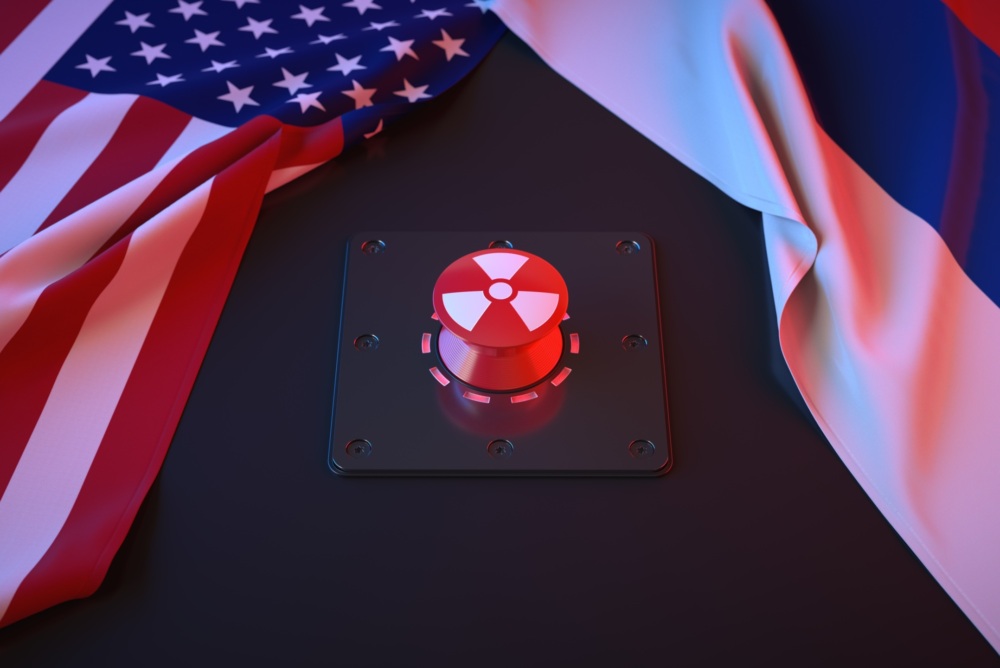
NTI’s Lynn Rusten on Defense Department’s New Strategy for Countering Weapons of Mass Destruction
The DoD’s new CWMD strategy, last updated in 2014, comes at a time when longstanding norms against nuclear use are being tested.
Washington, DC – A new, comprehensive
review of the key legal issues related to a president’s decision to order the
use of nuclear weapons was released today by the Nuclear Threat Initiative
(NTI), alongside a new analysis recommending steps to improve the
decision-making process for nuclear use and strengthen the role of Congress.
Authored by national security legal experts Mary
B. DeRosa and Ashley Nicolas, the legal analysis, The President and Nuclear Weapons: Authorities, Limits, and Process,
details the state of domestic and international law related to the use of
nuclear weapons and outlines the process and decision-making related to the
potential exercise of nuclear use authority.
The President and Nuclear Weapons: Implications of Sole Authority in Today’s World, a
companion analysis authored by NTI Co-Chairs
Ernest J. Moniz and Sam Nunn, explores ways to strengthen executive branch
procedures and planning related to the potential use of nuclear weapons, as
well as procedures for consulting and briefing Congress. Moniz and Nunn
recommend improvements designed to encourage appropriate focus before or during
a crisis, inform a deliberative process, and enhance the legitimacy of—and
trust in—any decision about potential use of a nuclear weapon by the president.
They also propose steps Congress can take through oversight and legislation to
reduce the risk of nuclear use.
“There is no more consequential decision for
a president than ordering a nuclear strike,” Moniz and Nunn write. “The procedures still in use today were designed for a different era. By
favoring speed over consultation and deliberation, and by relying on the
president as sole authority, the decision to launch a U.S. nuclear weapon is
exclusively in the president’s hands.”
In addition to taking steps to improve the
process around nuclear use, Moniz and Nunn write that “steps—including changes in nuclear force structure, posture, and
policy—that would reduce vulnerability to short-warning nuclear attacks and
would increase warning and decision time between the United States and Russia
to give decision-makers more than just minutes to decide whether to use nuclear
weapons would complement and reinforce policy and procedural changes.”
By reducing the pressure on a president to act fast, they write, “such
steps would provide greater confidence in the process by which a president
might consider the use of nuclear weapons.”
Sign up for our newsletter to get the latest on nuclear and biological threats.
The DoD’s new CWMD strategy, last updated in 2014, comes at a time when longstanding norms against nuclear use are being tested.
The paper highlights the need for renewed attention to the catastrophic effects of nuclear conflict as a crucial step toward reducing the risk of nuclear use.
A new report from NTI highlights the critical need for a global diplomatic approach to address growing cyber risks, including, where possible, through cooperation between the United States and Russia.

